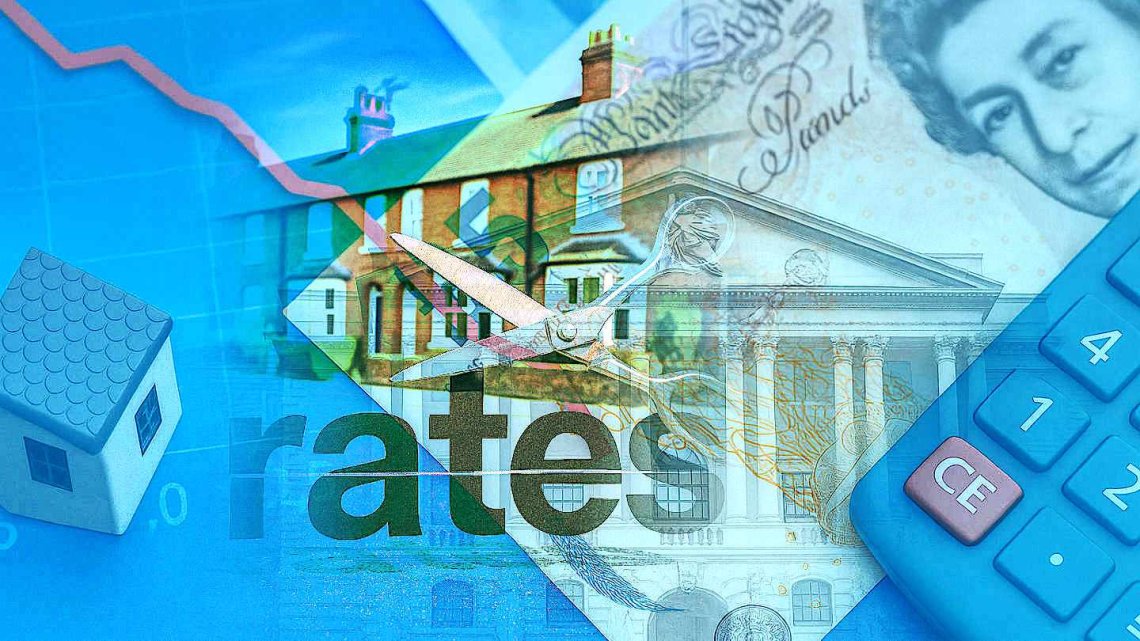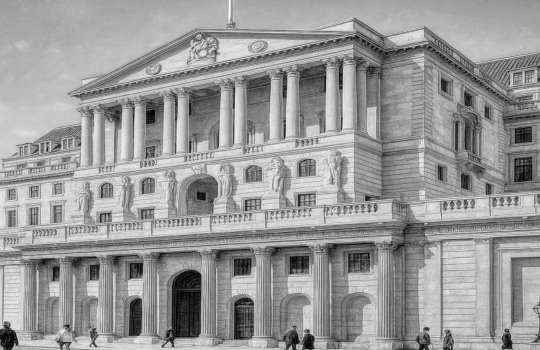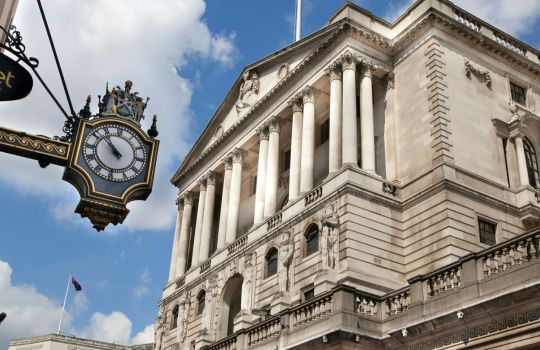Interest Rates Cut To 4%

In a move set to resonate across the housing market, the Bank of England has cut interest rates to 4% - the lowest level since March 2023. Announced on 7 August 2025, this marks the fifth rate cut in the past year, reflecting the Bank’s effort to balance persistent inflation with a slowing economy.
What Does This Mean for Homeowners and Buyers?
The headline news is positive for many mortgage holders and prospective buyers. Those with tracker mortgages, which directly follow the Bank’s base rate, will see an immediate reduction in monthly payments.
According to UK Finance, a typical borrower on a tracker mortgage could save £24 - £29 per month, while those on standard variable rate (SVR) deals may see savings of around £14 monthly, assuming lenders pass on the full cut.
For first-time buyers, lower borrowing costs could improve affordability - especially as house price growth has cooled in many regions. However, the picture remains mixed. Many homeowners are still remortgaging at higher rates than the ultra-low deals secured in previous years. Fixed-rate products remain above the base rate, meaning the full benefit of this cut may take time to filter through.
Impact on the Property Industry
For estate agents, the rate cut is likely to boost market confidence. Lower rates reduce the financial burden for buyers, potentially stimulating activity in what has been a cautious year. More accessible lending could lead to increased enquiries, quicker sales, and renewed competition.
However, volatility may persist. The Monetary Policy Committee (MPC) was deeply divided, with four members voting to hold rates, four supporting the cut, and one calling for a larger 0.5-point reduction. A second round of voting was required - the first time in the MPC’s history.
Why the Bank Cut Rates – And What’s Next?
Despite inflation sitting above the Bank’s 2% target, with a 3.6% Consumer Price Index reading in June and a projected 4% peak in September, the decision was driven by concerns over economic growth and employment.
UK GDP contracted in April and May, and unemployment has risen to 4.7%, a four-year high. Pay-rolled staff numbers have declined for five consecutive months, partly due to April’s £25 billion increase in employers’ National Insurance contributions.
Bank of England Governor Andrew Bailey described the decision as “finely balanced,” stating:
“Interest rates are still on a downward path. But any future rate cuts will need to be made gradually and carefully.”
Bailey also highlighted rising food prices and softening employment as key concerns:
“For those on the lowest incomes, food is a larger share of their consumption because it is the essential of life, so we have to be very focused on this.”
A Glimpse Ahead
Chancellor Rachel Reeves welcomed the move, calling it
“Good news for homeowners, people trying to get onto the housing ladder, and businesses borrowing to grow”
However, analysts caution that future cuts may be limited. The narrow vote and inflationary pressures suggest the Bank will proceed with caution. Some economists expect one more cut before year-end, while others believe rates may plateau at 4%.
For the housing market, the outlook is mixed but hopeful. Lower rates support affordability and could boost demand, especially among first-time buyers and movers. Yet economic uncertainty and slow wage growth may continue to temper confidence in the months ahead.
Key Takeaways
- Mortgage holders on variable rates will likely see immediate monthly savings.
- Homebuyers may benefit from more attractive mortgage deals as lenders adjust.
- Sellers may see increased buyer interest as affordability improves.
- Estate agents can expect a gradual uptick in activity, though recovery may remain uneven.
This article is for informational purposes. Always seek professional advice before making any property decisions.











